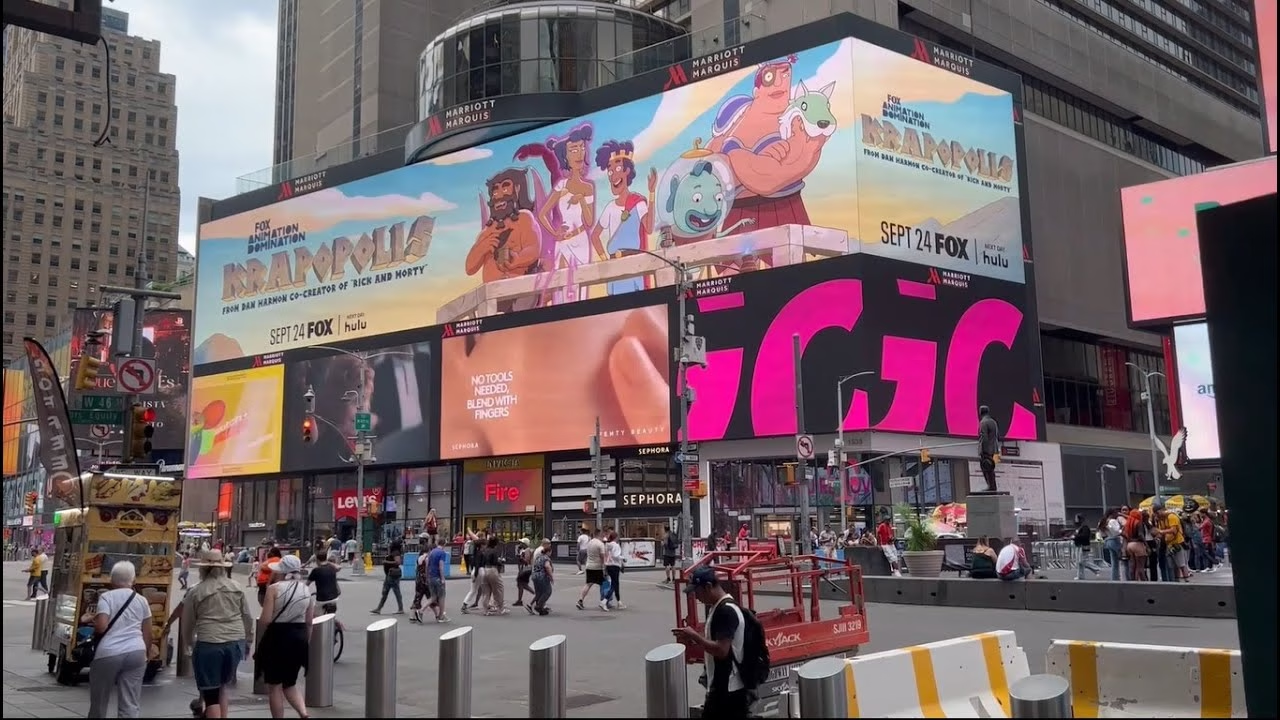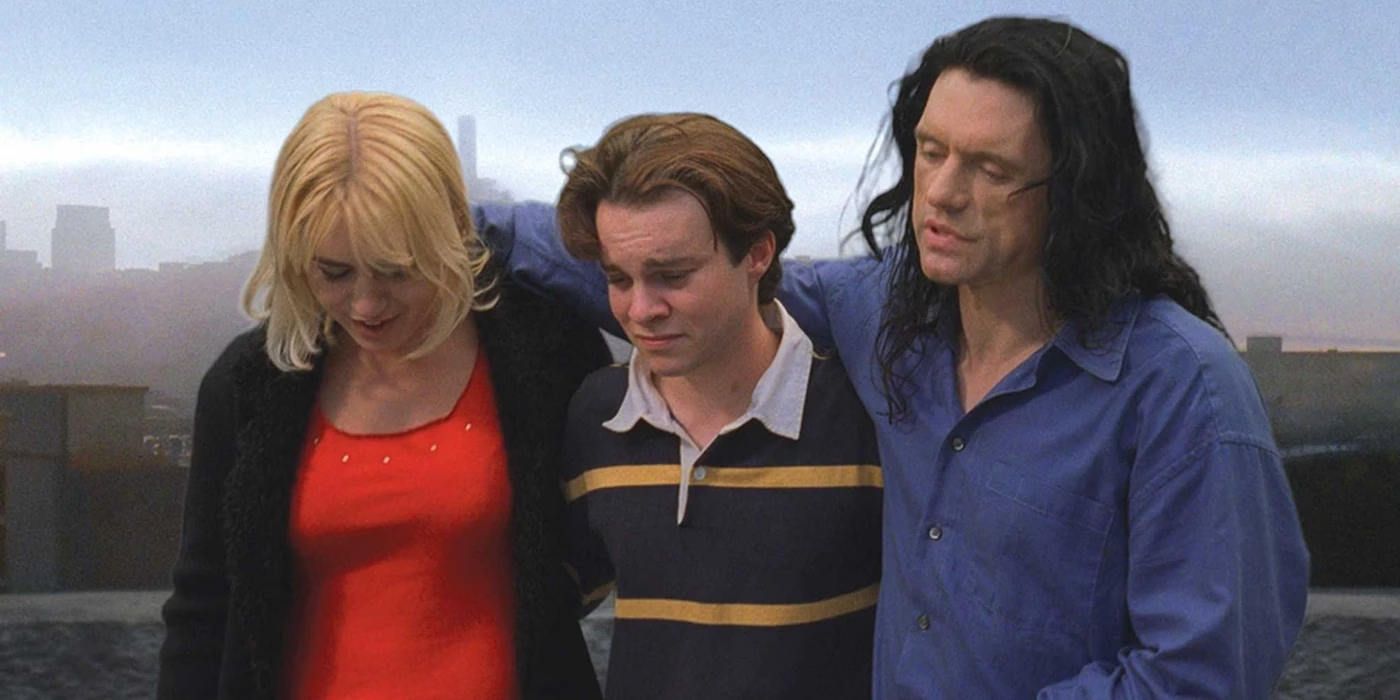The cinematic landscape is undergoing a dramatic shift, moving beyond the dominance of blockbuster franchises and embracing the diversity and innovation of independent filmmaking. This evolution is driven by a confluence of factors, including technological advancements, changing audience preferences, and the rise of new distribution models.
The Rise of Independent Film:
For decades, Hollywood blockbusters, with their massive budgets and star-studded casts, reigned supreme at the box office. However, the rise of independent cinema has challenged this dominance.
- Creative Freedom: Free from the constraints of studio executives and the pressure to appeal to the widest possible audience, independent filmmakers are able to explore unique narratives, experiment with unconventional storytelling techniques, and showcase diverse perspectives.
- Technological Advancements: The advent of digital filmmaking technology has significantly lowered the barriers to entry for aspiring filmmakers. This has led to a surge in independent productions, empowering filmmakers to tell their stories on their own terms.
- The Rise of Streaming Platforms: Streaming platforms like Netflix, Amazon Prime Video, and Hulu have provided a valuable platform for independent films to reach global audiences. These platforms offer a more level playing field, allowing filmmakers to bypass traditional distribution channels and connect directly with viewers.
The Evolving Role of Blockbusters:
While blockbuster films continue to dominate the box office, their role is evolving. Studios are increasingly investing in franchises and sequels, while also exploring new avenues for storytelling, such as the Marvel Cinematic Universe and the interconnected worlds of fantasy and science fiction.
The Impact on Audiences:
The rise of independent cinema has enriched the cinematic experience for audiences. Viewers now have access to a wider range of films, representing diverse perspectives and offering a more nuanced understanding of the human experience.
The Future of Cinema:
The future of cinema likely lies in a dynamic interplay between blockbuster spectacles and the creative ingenuity of independent filmmakers. As technology continues to evolve and audience preferences shift, the landscape will continue to evolve, with new voices and new narratives emerging to shape the future of cinematic storytelling.
Conclusion:
The shift from a blockbuster-dominated landscape to a more diverse and inclusive cinematic ecosystem is a testament to the enduring power of creativity and innovation. As independent filmmakers continue to push boundaries and challenge conventions, the future of cinema promises to be an exciting and unpredictable journey.






